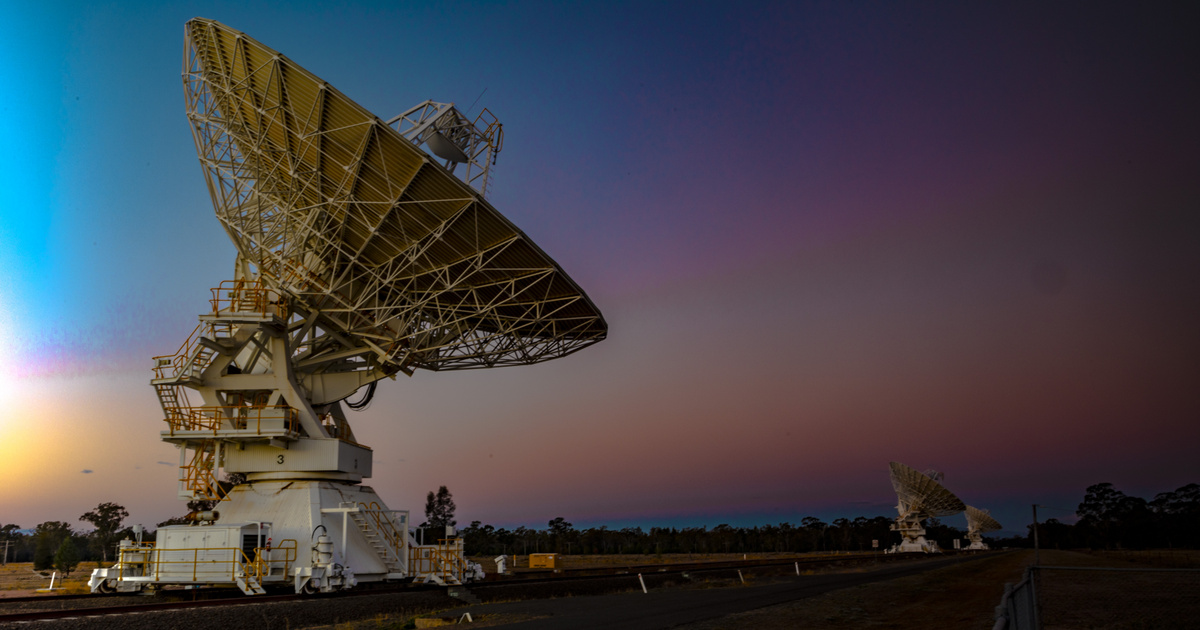the CNN According to his report, Australian scientists from Macquarie University A Sciences A detailed study of the issue was written in the scientific journal
She says the 8-billion-year-old radio signal – discovered last summer – may have actually been a so-called “fast radio signal” (FRB), through which huge amounts of energy can be released in just one second. milliseconds.
Astronomers have long known about fast radio bursts (FRBs), infrequent signals lasting from milliseconds to several seconds. A few months ago, a study was also published about what causes it.
In this case, astronomers believe it is FRB 20220610A The radio signal recorded in the 1980s – detected by the Australian SKA Pathfinder (ASKAP) radio telescope – lasted just a millisecond, but during this time it released as much energy as our Sun emits in about three decades.
In the current case, it is also unique that although fast radio bursts are difficult to locate in most cases, scientists have now been able to find the source of this fast radio signal. Another object in Chile, the Very Large Telescope operated by the European Southern Observatory (ESO), was also needed for this purpose.
Astronomers set out to find the galaxy where fast radio bursts detected by the Australian Radio Telescope could come from. Finally, they found it in the middle of a group of galaxies that had just merged. they believe
In this case, it is possible that the merger of two or three distant galaxies – during which new stars are born – is what caused this fast radio signal.
If the result is correct, it could be the oldest and most distant fast radio signal ever found, according to scientists.
According to CNN, scientists have so far found a total of about 50 fast flows whose locations have been determined. According to experts, fast radio bursts can help us measure the mass of mysterious dark matter between galaxies and help us better understand the structure of the universe.
Several radio telescopes are currently being built in South Africa and Australia, thanks to which there may be a chance that astronomers will pick up more such radio signals in the future, even on the order of thousands.
(Cover image: Getty Images)












































